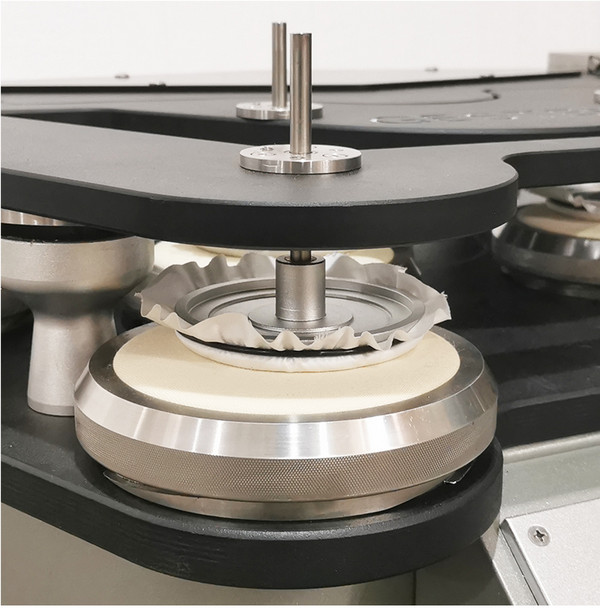- Qinsun Instruments Co., Ltd.
- Tell:+86-21-6780 0179
- Phone:+86-17740808215
- Address:No. 2578 Minhang District Gu Dai Road, Shanghai
- Contact:Mr. Li
- QQ:846490659
Selection Guide for Superchargers

Superchargers should refer to engine intake turbochargers, including three forms: exhaust gas turbochargers, mechanical turbochargers, and electric assisted turbochargers.
Selection guide:
1. Exhaust gas turbocharger: uses the exhaust gas thrust emitted by the engine as the power source to drive the exhaust gas pump and the air pressure pump to work. This type of turbocharger technology is mature and widely used. Generally speaking, the engine equipped on cars marked with T is an exhaust gas turbocharged engine. The advantage of an exhaust turbocharger is that it can significantly increase the engine's power without increasing the engine displacement. The obvious disadvantage is the "lag response", which means that due to the inertia of the impeller, the response to sudden changes in the throttle is slow, causing the engine to delay increasing or decreasing output power.
2. Mechanical turbocharger: Installed on the engine and connected to the engine crankshaft by a belt, it receives power from the engine output shaft to drive the rotor of the turbocharger to rotate, thereby increasing air pressure. The advantage of mechanical turbochargers is that the speed of the rotor corresponds to the engine speed, so there is no lag or lead, and the power output is smoother. However, due to the consumption of some engine power, it can lead to low turbocharging efficiency.
3. The composite turbocharging system uses both exhaust gas turbochargers and mechanical turbochargers to overcome the reaction lag problem of exhaust gas turbochargers. Its efficiency is superior to the first two categories, but the disadvantage is that the structure is more complex, and the cost and maintenance costs are higher.
4. The gas wave turbocharging system has good turbocharging performance and acceleration, but the entire device is relatively cumbersome and is often used in larger diesel engines.





